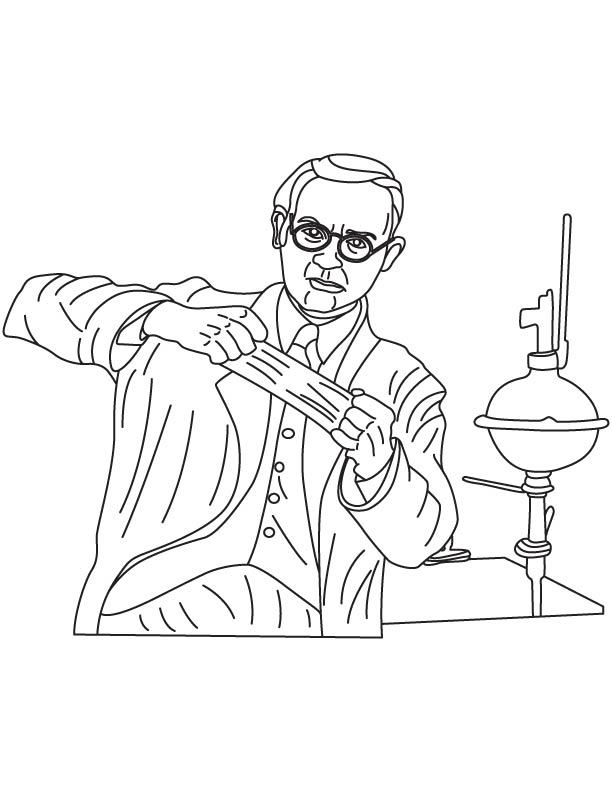Coloring Pages
- Activities Coloring Pages
- Animals and their Homes Coloring Pages
- Animals Coloring Pages
- Astronomy & Space Coloring Pages
- Baby Animals Coloring Pages
- Cartoons Characters Coloring Pages
- Clothing Coloring Pages
- Coloring Pages for Teens
- Commonwealth Games Coloring Pages & Posters
- Connect the Dots Numbers
- Construction Vehicles and Tools Coloring Pages
- Culture and Tradition Coloring Pages
- Domestic/Farm Animals Coloring Pages
- Educational & Preschool Coloring Pages
- Fantasy And Medieval Coloring Pages
- Flags of the Nations Coloring Pages
- Flower Coloring Pages
- Food and Agriculture Coloring Pages
- Health and Fitness Coloring Pages
- Holiday Coloring Pages
- House, Building and Home Coloring Pages
- Jungle Coloring Pages
- Maths Worksheets
- Music Coloring Pages
- Nature Coloring Pages
- Parts of Body Coloring Pages
- People & Professional Coloring Pages
- Religious Coloring Pages
- Road Sign, Safety, Good Manner, Habit Coloring Pages
- Seasons, Calendar, Time & Money Coloring Pages
- Silhouettes
- Sports Coloring Pages
- Stories, Tales and Classics Characters Coloring Pages
- Toys Coloring Pages
- Trophies, Medals and Awards Coloring Pages
- Vehicle Coloring Pages
- World Famous Great Inventions
- World Famous Great Scientist and Inventors
- Writing Practice Worksheets
Wallace Hume Carothers coloring page


Wallace Hume Carothers (27 April, 1896–29 April, 1937) made his mark in Organic Chemistry after completing Ph.D. in Chemistry from the University of Illinois. He later joined Harvard as the instructor and was offered a fund research by the DUPont Fundamental research Laboratory. In 1934, Wallace Carothers and his team developed the first man-made organic fabric known as nylon. Under Dr. Elmer K. Bolton, at the laboratory, Carothers isolated chloroprene, which on polymerization gives a solid resembling rubber. This breakthrough was called 'synthetic rubber' and is now called Neoprene.
Later, Wallace Carothers worked as a part of a research team and produced a synthetic polymer with high molecular weight. He also gave the term 'super polyester'. He also derived Carothers equation, which gives the degree of polymerization. He worked on the theory of step-growth polymerization. It was after this, that Carothers stopped research on polymers.
In 1936, he was elected member of the National Academy of Science.




 Print this page
Print this page














































































































































